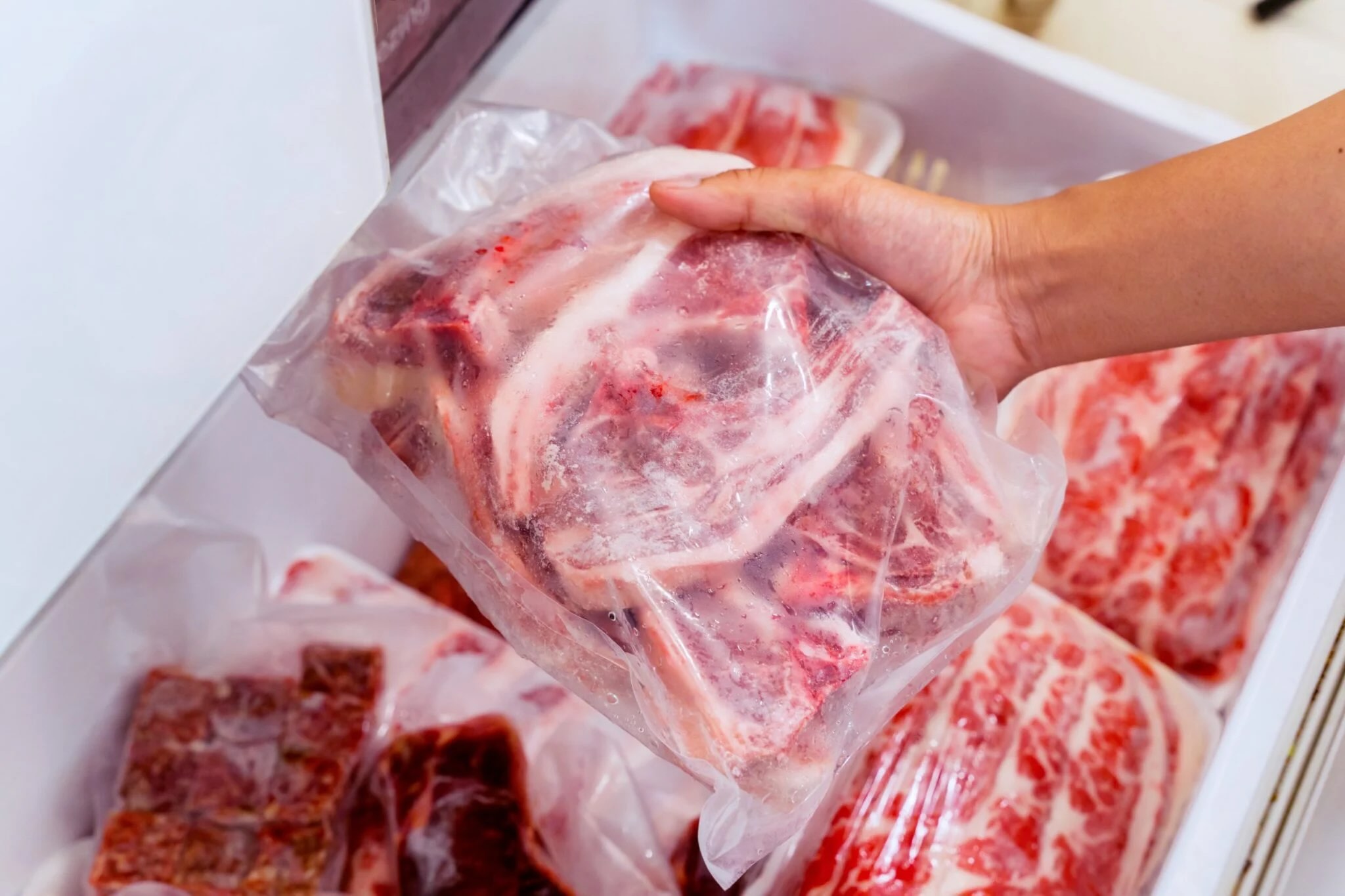

Articles
How To Store Raw Meat After Opening
Modified: February 24, 2024
Learn the best techniques for storing raw meat after opening in this informative article. Keep your meat fresh and safe with these expert tips.
(Many of the links in this article redirect to a specific reviewed product. Your purchase of these products through affiliate links helps to generate commission for Storables.com, at no extra cost. Learn more)
Introduction
Properly storing raw meat is essential to ensure its freshness, prevent spoilage, and avoid the risk of foodborne illness. Whether you’re an aspiring home cook or a seasoned chef, understanding the best practices for meat storage is crucial.
Raw meat, including beef, poultry, pork, and seafood, is highly perishable and can quickly become a breeding ground for harmful bacteria if not stored correctly. This article will provide you with comprehensive guidelines and tips on how to store raw meat after opening.
By following the recommendations outlined in this article, you can maintain the quality, flavor, and safety of your raw meat, ultimately protecting the health of yourself and your loved ones.
So let’s dive in and discover the key aspects of proper raw meat storage!
Key Takeaways:
- Properly storing raw meat is crucial for maintaining freshness, preventing spoilage, and ensuring food safety. By following guidelines for temperature, separation, and packaging, you can minimize waste and enjoy safe, delicious meals.
- Implementing proper freezing and thawing techniques, along with safety measures to prevent cross-contamination, is essential for maintaining the quality and safety of raw meat. By following these practices, you can ensure that your raw meat remains fresh, safe, and of the highest quality.
Read more: How To Store Raw Chicken After Opening
Importance of Proper Meat Storage
Proper meat storage is crucial for several reasons, including maintaining freshness, preventing spoilage, and ensuring food safety. Understanding the importance of implementing proper storage practices will not only help you avoid food waste but also protect your health and the health of your loved ones. Let’s take a closer look at why proper meat storage is essential.
1. Maintaining Freshness: Raw meat is highly perishable and can spoil quickly if not stored correctly. By storing meat at the appropriate temperature and within the recommended timeframes, you can extend its freshness and preserve its quality. This is especially important to ensure that your cooked dishes turn out delicious and appetizing.
2. Preventing Spoilage: Improper storage can lead to the growth of bacteria, such as Salmonella, E. coli, and Listeria, which can cause foodborne illnesses. These bacteria can multiply rapidly in meat that is stored at unsafe temperatures or exposed to air for too long. By implementing proper storage methods, you can minimize the risk of bacterial growth and prevent food spoilage.
3. Reducing Food Waste: When meat is not stored properly, it can spoil quickly and become unsafe for consumption. This can result in significant food waste, both in terms of financial loss and environmental impact. By practicing good meat storage habits, you can reduce food waste and contribute to a more sustainable food system.
4. Ensuring Food Safety: Proper meat storage is crucial for food safety. The growth of harmful bacteria in meat can cause foodborne illnesses, which can lead to symptoms such as nausea, vomiting, diarrhea, and in some cases, more severe complications. By following recommended storage practices, you can minimize the risk of foodborne illnesses and keep yourself and your loved ones safe.
5. Cost Savings: When meat goes bad due to improper storage, it can result in financial losses. By keeping meat fresh for longer periods, you can maximize its usability, reduce waste, and ultimately save money.
Now that we understand the importance of proper meat storage, let’s delve into the general guidelines that apply to storing raw meat.
General Guidelines for Storing Raw Meat
When it comes to storing raw meat, there are some general guidelines that apply regardless of the type of meat you’re dealing with. Following these guidelines will help you maintain the quality and safety of your raw meat. Here are the general guidelines for storing raw meat:
1. Temperature: Raw meat should be stored at temperatures below 40°F (4°C) to inhibit bacterial growth. Keeping the meat cold slows down the multiplication of bacteria and helps preserve its freshness. Ensure that your refrigerator is set to the appropriate temperature and monitor it regularly with a thermometer.
2. Separation: To prevent cross-contamination, it’s important to store different types of raw meat separately. This means keeping poultry, beef, pork, and seafood in separate containers or wrapping them individually. If possible, store raw meat on the bottom shelf of the refrigerator to prevent any potential drips from contaminating other foods.
3. Air-Tight Packaging: Raw meat should be tightly sealed or wrapped to prevent exposure to air. Exposing meat to air can lead to dehydration and spoilage. Consider using vacuum-sealed bags or airtight containers to maximize freshness.
4. Use-By Dates: Pay attention to the use-by or expiration dates on the packaging of your raw meat. Follow these dates strictly to ensure that you consume the meat while it’s still safe and fresh. If the meat has passed its use-by date, it’s best to discard it to avoid any potential health risks.
5. Store on Lower Shelves: As mentioned earlier, store raw meat on the bottom shelves of your refrigerator or in dedicated meat drawers. This prevents any potential juices from dripping onto other foods and contaminating them.
6. Odor Control: Raw meat can emit strong odors, which can transfer to other foods in the fridge if not properly sealed or stored. To prevent this, place your raw meat in tightly sealed containers or wrap it with odor-proof materials like aluminum foil or plastic wrap.
7. Storage Time: It’s crucial to use raw meat within a specified timeframe to ensure its safety. Different types of meat have different storage durations. For example, poultry and ground meat should be used within 1 to 2 days, while beef and pork can be stored for 3 to 5 days. Always refer to the specific recommendations for the type of meat you’re storing.
Following these general guidelines will help you store raw meat properly. However, it’s important to remember that specific types of meat may require additional considerations. Let’s explore the specific storage methods for different types of meat next.
Specific Storage Methods for Different Types of Meat
While the general guidelines for storing raw meat apply to all types of meat, there are some specific considerations to keep in mind for different types of meat. Each type has its own characteristics that require particular storage methods to maintain freshness and safety. Let’s take a look at the specific storage methods for different types of meat:
1. Beef: Beef can be stored in the refrigerator for 3 to 5 days. To store beef, wrap it tightly in plastic wrap or aluminum foil to prevent any air exposure. If you plan to store it for a longer duration, you can also consider freezing it. Freezing beef can extend its shelf life for up to 6 to 12 months, depending on the cut.
2. Poultry: Chicken, turkey, and other poultry should be stored in the refrigerator for 1 to 2 days. For longer storage, freezing is the best option. Ensure that poultry is tightly wrapped or stored in airtight containers to prevent freezer burn. Use freezer-safe bags or wrap the meat with heavy-duty aluminum foil before placing it in the freezer. Properly stored poultry can be kept in the freezer for up to 9 to 12 months.
3. Pork: Pork can be stored in the refrigerator for 3 to 5 days. Wrap it tightly in plastic wrap or aluminum foil to prevent air exposure. For longer storage, freezing is recommended. Pork can be kept in the freezer for 6 to 9 months, but it’s important to ensure it is properly wrapped to maintain quality and prevent freezer burn.
4. Seafood: When it comes to seafood, the freshness is of utmost importance. Fresh seafood should ideally be consumed on the same day it is purchased. However, if you need to store it, it can be refrigerated for 1 to 2 days depending on the type. Wrap the seafood in moist paper towels and place it in an airtight container. For longer storage, freezing is an option. Fish can be frozen for up to 2 to 3 months, while shellfish can be kept frozen for 3 to 6 months.
5. Ground Meat: Ground meat, such as ground beef or ground poultry, should be consumed or frozen within 1 to 2 days of purchase. It has a higher risk of bacterial contamination due to the increased surface area. Divide the ground meat into smaller portions and store them in airtight containers or freezer bags before freezing. Properly stored ground meat can be kept in the freezer for up to 3 to 4 months.
Always refer to the individual packaging or consult reliable sources for specific storage recommendations based on the type of meat you’re working with. It’s important to take these guidelines into account to ensure that your meat stays fresh, safe, and flavorful.
Next, let’s explore some tips for extending the shelf life of raw meat.
Tips for Extending Shelf Life
Properly storing raw meat is essential for maintaining its freshness and safety, but there are also some additional tips that can help extend its shelf life. By following these tips, you can maximize the usability of your raw meat and minimize waste. Here are some tips for extending the shelf life of raw meat:
1. Use Fresh Meat: Start with fresh, high-quality meat. Check the expiration dates and choose meat that is within its use-by date. Quality meat will have a longer shelf life compared to meat that is nearing its expiration date.
2. Practice First-In, First-Out (FIFO) Method: When organizing your refrigerator or freezer, use the FIFO method. This means that you use the oldest meat first, ensuring that it does not sit in storage for too long. By rotating your stock, you can prevent meat from expiring before it gets used.
3. Marinate Before Freezing: If you plan to freeze meat, consider marinating it before placing it in the freezer. Marinades enhance flavor and can help keep the meat tender and moist during freezing. Just make sure to remove excess marinade before freezing to prevent freezer burn.
4. Portion Control: Divide larger cuts of meat into smaller portions before freezing. This allows you to only thaw the amount you need, reducing the risk of waste. Smaller portions also freeze faster and more evenly, preserving the quality of the meat.
5. Properly Wrap and Seal: When freezing meat, ensure it is properly wrapped and sealed to prevent freezer burn. Use freezer-safe bags, airtight containers, or vacuum-sealed packaging to maintain the freshness and quality of the meat.
6. Label and Date: Clearly label and date all frozen meat packages. This helps you keep track of how long each package has been frozen and ensures you use the oldest meat first. Use a permanent marker or freezer labels to write the type of meat and the freeze date.
7. Thaw Safely: When you’re ready to use frozen meat, thaw it safely to maintain its quality and minimize the risk of bacterial growth. Thaw meat in the refrigerator, under cold running water, or using the microwave on the defrost setting. Avoid thawing meat at room temperature, as this can allow bacteria to multiply rapidly.
8. Regularly Clean and Sanitize: Keep your refrigerator and freezer clean and sanitized to prevent the buildup of bacteria. Regularly remove any spills or drippings from meat packages to avoid cross-contamination. Use a food-safe cleaner or a mixture of water and vinegar to sanitize the storage areas.
By implementing these tips, you can extend the shelf life of your raw meat, reducing waste and ensuring that it remains fresh and safe for consumption. Now, let’s move on to the importance of proper labeling and organization of raw meat.
Read more: How To Store Raw Honey After Opening
Proper Labeling and Organization of Raw Meat
Proper labeling and organization of raw meat are essential to maintain food safety and prevent cross-contamination. By following these practices, you can ensure that you use meat within its recommended storage timeframes, easily identify different types of meat, and minimize the risk of bacterial growth. Here are some guidelines for properly labeling and organizing raw meat:
1. Labeling: Clearly label each package of raw meat with the type of meat and the date of purchase or freeze. This information will help you keep track of how long the meat has been in storage and prioritize its use accordingly. Use a permanent marker or freezer labels that adhere well to packaging.
2. Storage Containers: Invest in appropriate storage containers for your raw meat. Choose durable containers that are easy to clean and have airtight seals to prevent any leakage or exposure to air. Clear containers can help you easily identify the type of meat without having to open them.
3. Separate and Group: Keep different types of raw meat separated and grouped together. For example, store poultry in one section, beef in another, and seafood in another. This helps prevent cross-contamination and makes it easier to access specific types of meat without rummaging through everything.
4. Stack Properly: When storing raw meat in your refrigerator or freezer, stack the containers properly to maximize space and ensure proper airflow. Avoid placing heavy items on top of containers to prevent damage or squishing of the meat.
5. Use Clear Labels: If you are using opaque containers or storing meat directly in freezer bags, use clear labels on the containers or bags. This will make it easier to identify the type of meat without having to open or guess.
6. FIFO Method: Implement the first-in, first-out (FIFO) method when organizing your raw meat. Use the oldest meat first to minimize waste and ensure that meat is used within its recommended storage timeframe. This helps maintain freshness and reduces the risk of consuming expired meat.
7. Keep Raw Meat Separate: Avoid storing raw meat near ready-to-eat foods to prevent any potential contact or cross-contamination. Place raw meat on lower shelves or in dedicated drawers to prevent any drips or spills from coming into contact with other foods.
8. Regularly Clean Storage Areas: Regularly clean and sanitize the storage areas for your raw meat. Wipe down shelves, drawers, and containers with a food-safe cleaner or a mixture of water and vinegar. This helps remove any potential bacteria and keeps the storage areas hygienic.
By following these guidelines for proper labeling and organization of raw meat, you can maintain food safety, easily manage your meat inventory, and minimize the risk of cross-contamination. Next, let’s explore the safety measures you should take to prevent cross-contamination of raw meat.
Store raw meat in the coldest part of the fridge, below 40°F (4°C). Use a plate or tray to catch any drips and keep it covered to prevent cross-contamination. Use within 1-2 days or freeze for longer storage.
Safety Measures to Prevent Cross-Contamination
Cross-contamination is a significant concern when handling raw meat. It occurs when harmful bacteria from one food source, such as raw meat, comes into contact with other foods, utensils, or surfaces. To ensure food safety and prevent the spread of bacteria, it’s important to implement safety measures to prevent cross-contamination. Here are some essential practices to follow:
1. Separate Cutting Boards and Utensils: Designate specific cutting boards and utensils for raw meat and avoid using the same ones for other foods. This prevents the transfer of bacteria from the raw meat to other ingredients during food preparation.
2. Clean and Sanitize: Clean and sanitize all surfaces, utensils, and cutting boards that come into contact with raw meat. Wash them thoroughly with hot, soapy water after each use, and use a sanitizing solution to further reduce the risk of bacterial contamination.
3. Hand Hygiene: Wash your hands thoroughly with warm water and soap before and after handling raw meat. This will help remove any bacteria from your hands and prevent cross-contamination to other surfaces or foods.
4. Use Separate Containers: Avoid using the same containers or storage bags for raw meat and other foods. Use separate containers to store leftovers or cooked food to prevent any potential contact with raw meat juices.
5. Thawing Safety: Never thaw raw meat on the counter at room temperature, as it allows bacteria to multiply rapidly. Thaw meat in the refrigerator, under cold running water, or in the microwave using the defrost setting. Ensure that the thawing meat doesn’t come into contact with other foods during the process.
6. Seal and Store Properly: Seal raw meat tightly in appropriate packaging to prevent leaks or drips. Store it on the bottom shelf of the refrigerator or in a dedicated meat drawer to avoid any potential contact with other food items.
7. Cook Thoroughly: Ensure that raw meat is cooked to the appropriate internal temperature to kill any bacteria present. Using a meat thermometer is the best way to ensure proper cooking temperatures are reached. This will eliminate the risk of foodborne illness.
8. Be Mindful of Cross-Contamination Surfaces: Be aware of surfaces that are more prone to cross-contamination, such as kitchen towels, sponges, and sink areas. Regularly clean and sanitize these areas to reduce the risk of spreading bacteria.
By following these safety measures to prevent cross-contamination, you can minimize the risk of foodborne illness and keep your kitchen and meals safe. Now, let’s discuss the appropriate storage containers and packaging materials for raw meat.
Storage Containers and Packaging Materials
Choosing the right storage containers and packaging materials for raw meat is essential to maintain its quality, prevent contamination, and maximize its shelf life. Proper containers and packaging help to keep the meat fresh, protect it from exposure to air and moisture, and prevent leaks or spills. Here are some recommendations for storage containers and packaging materials for raw meat:
1. Plastic Containers: Use plastic containers with airtight seals for storing raw meat in the refrigerator or freezer. These containers help prevent the meat from drying out and protect it from exposure to air. Opt for BPA-free containers to ensure food safety.
2. Freezer Bags: Freezer bags are an excellent option for storing raw meat in the freezer. Look for heavy-duty plastic bags designed for freezer use. They should have a strong seal to prevent air from entering and freezer burn from occurring. Squeeze out excess air before sealing the bag for best results.
3. Vacuum-Sealed Bags: Vacuum-sealed bags are an ideal choice for long-term storage of raw meat. These bags remove excess air and create a tight seal, preserving the meat’s freshness and quality. Vacuum sealing helps to prevent freezer burn and extend the shelf life of the meat.
4. Aluminum Foil: Aluminum foil can be used to wrap individual cuts of raw meat before storing them in the fridge or freezer. It provides a protective barrier against air, moisture, and odor transfer. Make sure to wrap the meat tightly and label it with the type and date.
5. Wax Paper: Wax paper can be used as a lining for storage containers or as an intermediate layer between individual cuts of raw meat. It helps to prevent the meat from sticking together and makes it easier to separate when needed.
6. Butcher Paper: Butcher paper is a durable and versatile option for wrapping larger cuts of raw meat. It allows the meat to breathe while protecting it from air and moisture, maintaining its quality. Secure the paper with tape or butcher’s twine.
7. Glass Containers: Glass containers with airtight lids are an alternative to plastic containers for storing raw meat. Glass is non-reactive, meaning it won’t absorb odors or flavors. It’s also easy to clean and provides a clear view of the contents. However, be cautious with glass containers in the freezer, as they may break if not designed for freezing.
8. Zip-Top Bags: Zip-top bags can be used for short-term storage of raw meat in the refrigerator. They are convenient for marinating meat before cooking. Ensure that the bags are securely sealed to prevent leaks or cross-contamination.
When choosing containers and packaging materials, prioritize those that are food-safe, durable, and suitable for the intended storage duration. Properly storing raw meat in the right containers and packaging materials will help maintain its quality, prevent contamination, and ultimately ensure the safety of your meals. Next, let’s discuss the proper methods of freezing and thawing raw meat.
Freezing and Thawing Raw Meat
Freezing raw meat is an effective way to extend its shelf life and maintain its quality. Proper freezing helps to preserve the flavor, texture, and nutritional value of the meat. Additionally, knowing how to safely thaw frozen meat is crucial to prevent bacterial growth and ensure its safety. Here are the proper methods for freezing and thawing raw meat:
Freezing:
- Ensure that the raw meat is fresh and within its use-by date before freezing. Freezing cannot improve the quality of meat that is already nearing spoilage.
- Divide larger cuts of meat into smaller portions that are suitable for your needs. This enables you to thaw only what you require and prevents the need to refreeze unused portions.
- Wrap the raw meat tightly in suitable freezer-safe materials. Options include plastic wrap, aluminum foil, freezer bags, or vacuum-sealed bags. Removing excess air from the packaging helps prevent freezer burn.
- Label each package with the type of meat and the date of freezing. This ensures proper tracking of storage times and facilitates the use of the oldest meat first (FIFO method).
- Place the wrapped meat in the coldest part of the freezer, such as the back or bottom shelf. A temperature of 0°F (-18°C) is ideal for maintaining the quality and safety of frozen meat.
- Avoid overcrowding the freezer to allow for proper air circulation and efficient freezing. Leave enough space between packages to enable quicker freezing and easier organization.
Thawing:
- Thaw frozen meat in a safe manner to reduce the risk of bacterial growth. The ideal method is to thaw meat in the refrigerator over a period of time, allowing for a slow and even thaw.
- Place the frozen meat on a plate or in a shallow dish to catch any potential drips. This prevents cross-contamination with other foods.
- Allow enough time for the meat to thaw. The thawing duration varies depending on the size and type of meat, but as a general guideline, allow 24 hours for every 5 pounds of frozen meat. Plan ahead to ensure the meat is fully thawed when needed.
- If you need to thaw meat more quickly, you can use the cold water thawing method. Place the tightly sealed meat in a leak-proof bag and submerge it in cold water. Change the water every 30 minutes to maintain a safe temperature. It is essential to cook the meat immediately after thawing using this method.
- Avoid thawing meat at room temperature, as it promotes bacterial growth and increases the risk of foodborne illnesses. Never leave meat out for more than two hours.
- Once meat is thawed, it is advisable to use it promptly. If you need to refreeze it, ensure that it is cooked first to kill any bacteria that may have multiplied during the thawing process.
By following these proper methods for freezing and thawing raw meat, you can maintain its quality and safety. Proper freezing preserves the meat’s texture and flavor, while safe thawing ensures that the meat is ready to be cooked and enjoyed. Now, let’s address some common FAQs about raw meat storage.
Read more: How To Store Meat After Opening
FAQs about Raw Meat Storage
Here are some frequently asked questions about raw meat storage:
1. How long can raw meat be stored in the refrigerator?
The storage duration of raw meat in the refrigerator depends on the type of meat. Generally, poultry and ground meat should be used within 1 to 2 days, while beef and pork can be stored for 3 to 5 days. It’s essential to follow the specific guidelines provided on the packaging or by reputable sources.
2. Can raw meat be refrozen after thawing?
It is generally safe to refreeze raw meat after it has been thawed, provided it was thawed in the refrigerator. However, keep in mind that refreezing meat can affect its texture and quality. It’s best to cook the meat before refreezing it to maintain its taste and safety.
3. Can I store raw meat with other foods?
It is best to store raw meat separately from other foods to prevent cross-contamination. Raw meat should be kept in sealed containers or wrapped securely to avoid any potential contact with other ingredients.
4. Can I freeze raw meat in its original packaging?
While it is possible to freeze raw meat in its original packaging, it is not always recommended. The packaging materials used by manufacturers may not provide adequate protection against freezer burn. It is advisable to use additional freezer-safe wrapping or transfer the meat to freezer bags or airtight containers for optimal results.
5. What is freezer burn, and how does it affect raw meat?
Freezer burn is the result of moisture loss and oxidation when food is improperly stored in the freezer. It appears as dry, discolored patches on the surface of the meat. Freezer burn affects the texture and taste of the meat, making it less desirable. While it is not harmful to consume, removing the affected areas before cooking is recommended.
6. How can I prevent freezer burn on raw meat?
To prevent freezer burn on raw meat, ensure that it is properly wrapped or stored in airtight containers. Squeeze out excess air from freezer bags or use vacuum-sealed packaging. Maintaining a consistent temperature in the freezer and avoiding frequent temperature fluctuations also helps prevent freezer burn.
7. Can I store raw meat in the refrigerator door?
The refrigerator door is not the best place to store raw meat. The temperature in the door fluctuates more frequently than in other areas of the refrigerator. Raw meat is best stored on the bottom shelves or in dedicated meat drawers to maintain a more constant temperature and prevent cross-contamination.
8. Are there any specific storage recommendations for wild game meat?
Wild game meat, such as venison or game birds, may have different storage requirements due to its leaner nature. It is generally recommended to store wild game meat in the refrigerator for 1 to 2 days or freeze it promptly to maintain its quality. Follow specific guidelines provided by reputable sources or consult with a game processor for the best storage practices.
These are some common FAQs about raw meat storage. It’s important to prioritize food safety by following recommended guidelines, storing and handling raw meat properly, and staying informed about specific storage requirements for different types of meat.
Finally, let’s conclude with a summary of the key points discussed in this article.
Conclusion
Proper storage of raw meat is crucial for maintaining freshness, preventing spoilage, and ensuring food safety. By following the guidelines outlined in this article, you can prolong the shelf life of raw meat and reduce the risk of foodborne illnesses caused by bacterial contamination. Here is a summary of the key points discussed:
- Storing raw meat at temperatures below 40°F (4°C) and separating different types of meat to prevent cross-contamination is vital.
- Using airtight packaging such as plastic containers, freezer bags, or vacuum-sealed bags helps in preserving the quality of raw meat.
- Labeling and organizing raw meat properly in the refrigerator or freezer using the FIFO method ensures that the oldest meat is used first.
- Safety measures like separate cutting boards, regular cleaning, and proper hand hygiene help prevent cross-contamination.
- Choosing the appropriate storage containers and packaging materials, such as plastic containers, aluminum foil, or butcher paper, aids in maintaining the quality and freshness of raw meat.
- Proper freezing techniques, including wrapping meat tightly and using appropriate freezer-safe materials, help prevent freezer burn and extend shelf life.
- Thawing raw meat safely in the refrigerator, under cold running water, or using the microwave’s defrost setting reduces the risk of bacterial growth.
- Addressed FAQs covered common concerns related to storage duration, refreezing, cross-contamination, freezer burn, and appropriate storage for wild game meat.
By implementing these guidelines, you can ensure that your raw meat remains fresh, safe, and of the highest quality. Remember to always prioritize food safety, follow recommended storage practices, and stay informed about specific storage requirements for different types of meat.
With proper raw meat storage, you can minimize waste, maximize the usability of your ingredients, and enjoy delicious and safe meals. So, apply these practices in your kitchen and make the most out of your raw meat while keeping your health and taste buds satisfied!
Frequently Asked Questions about How To Store Raw Meat After Opening
Was this page helpful?
At Storables.com, we guarantee accurate and reliable information. Our content, validated by Expert Board Contributors, is crafted following stringent Editorial Policies. We're committed to providing you with well-researched, expert-backed insights for all your informational needs.

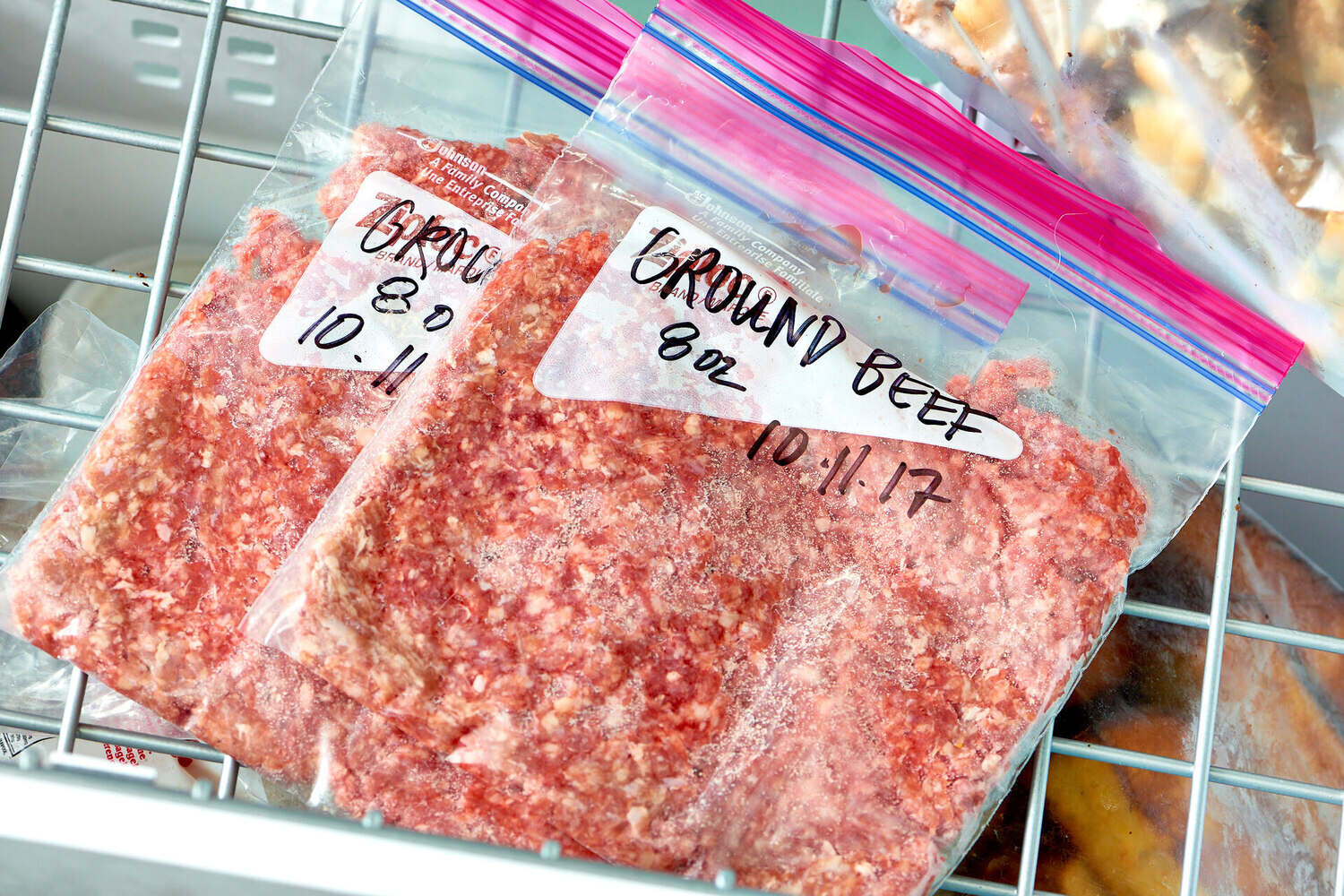
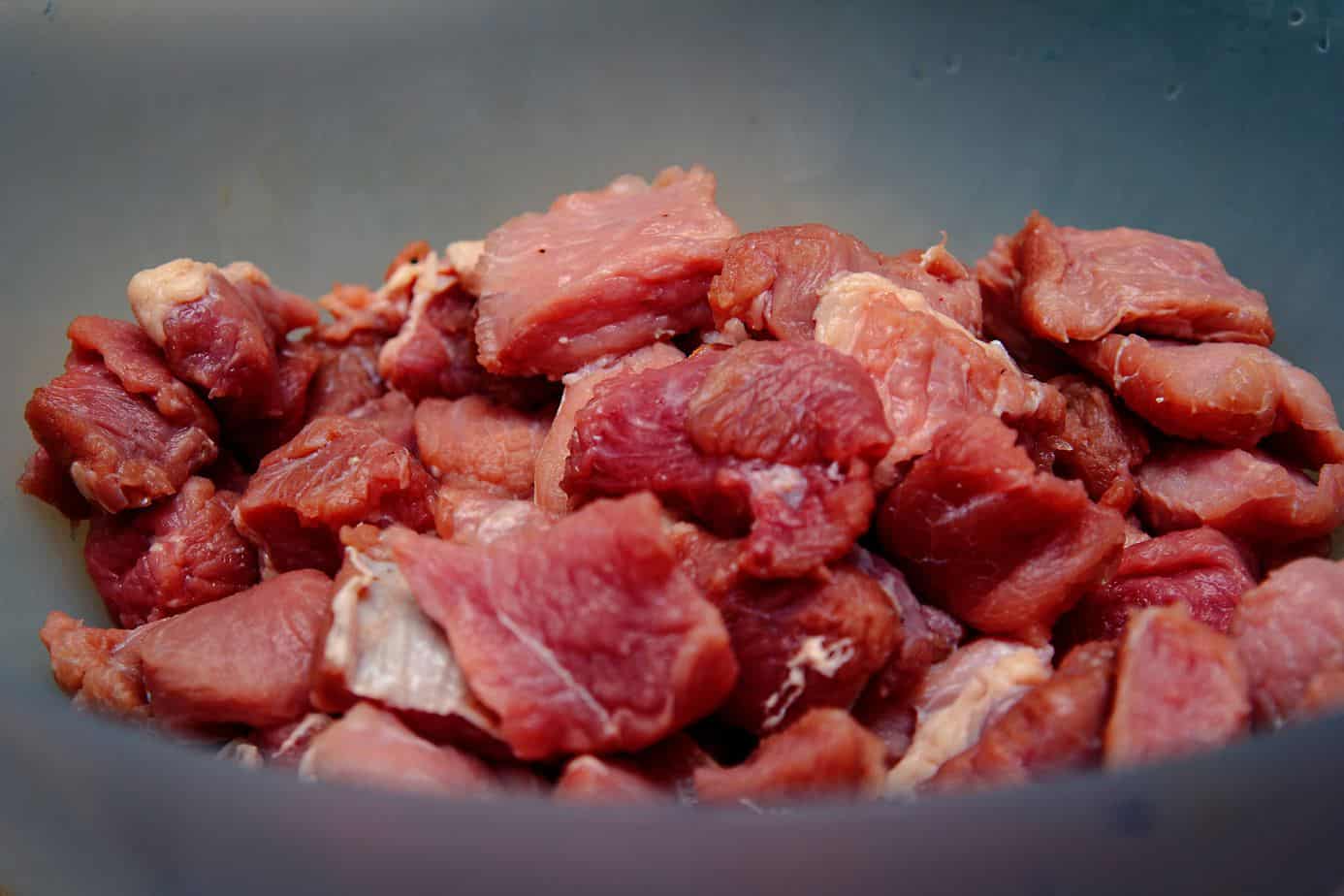
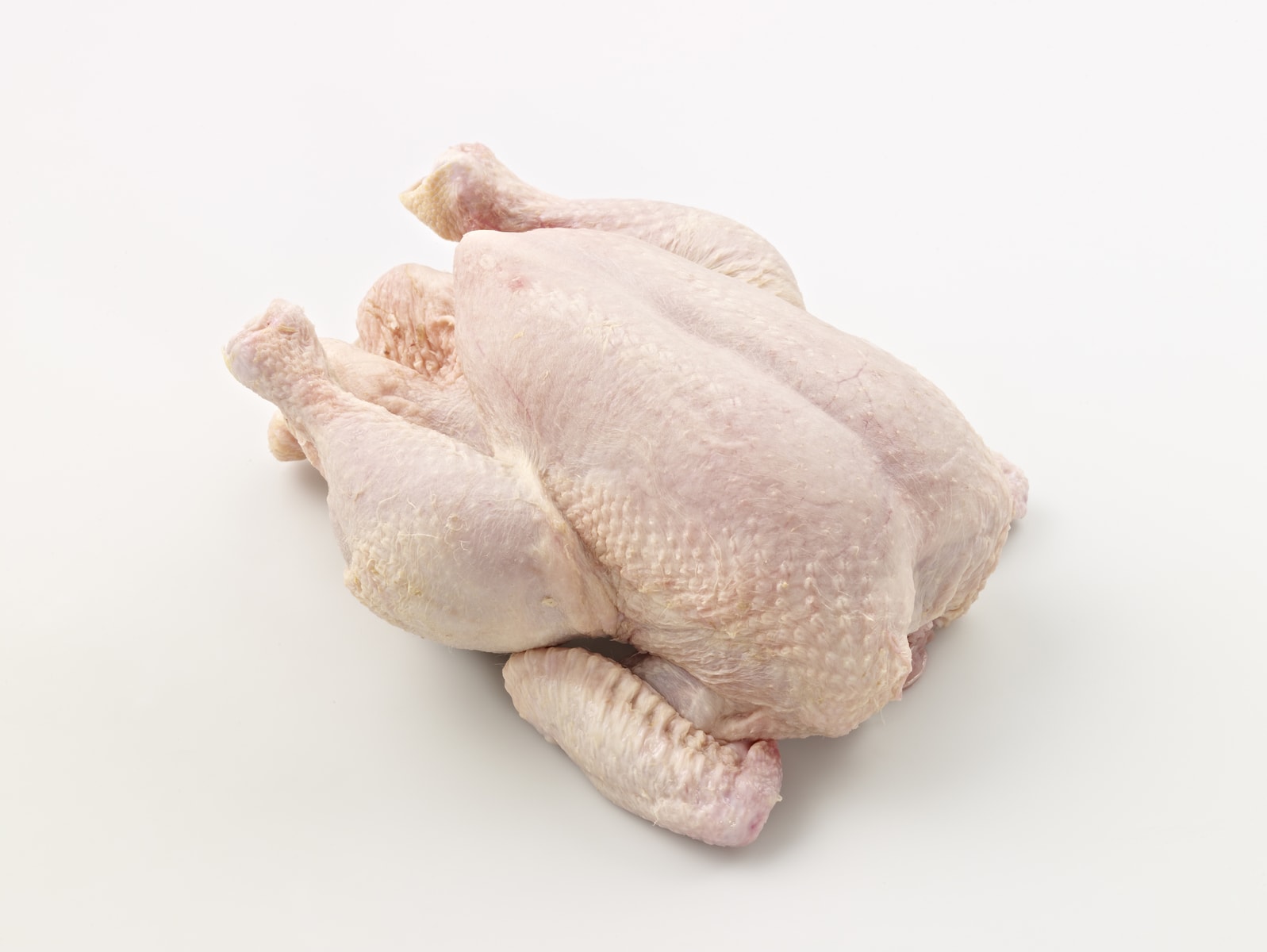
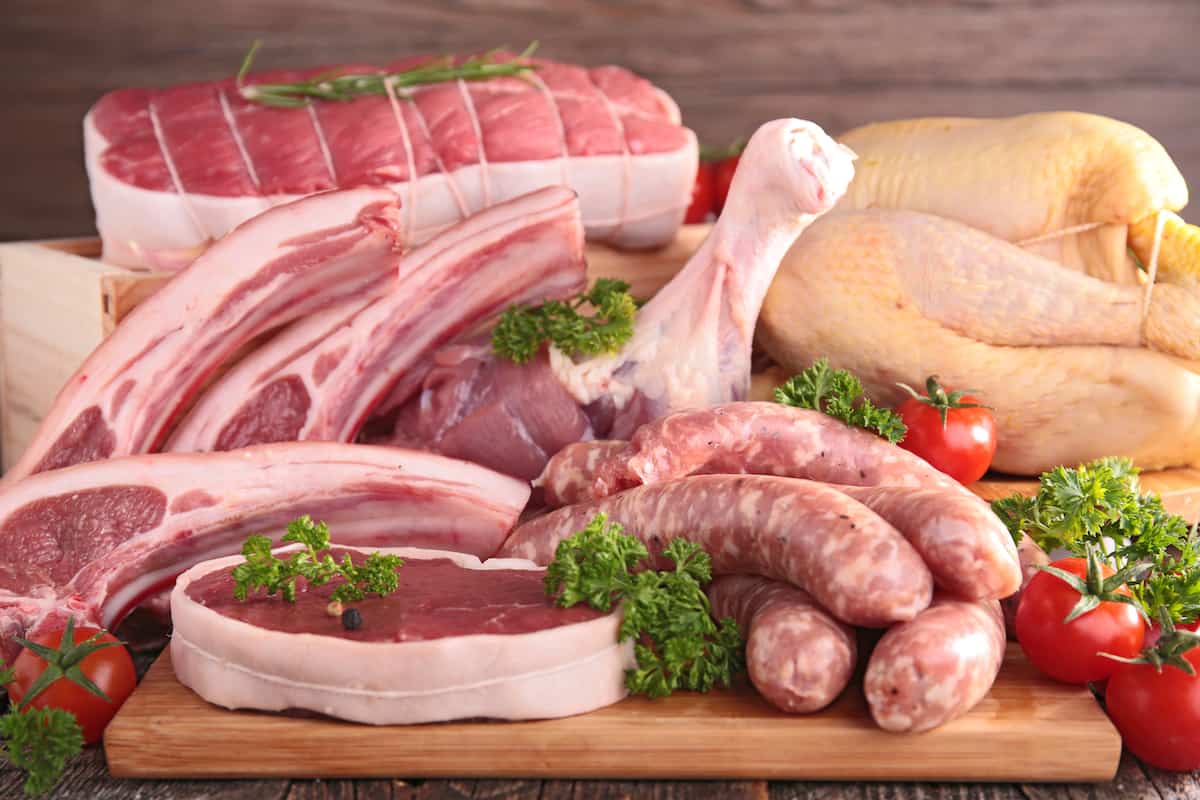


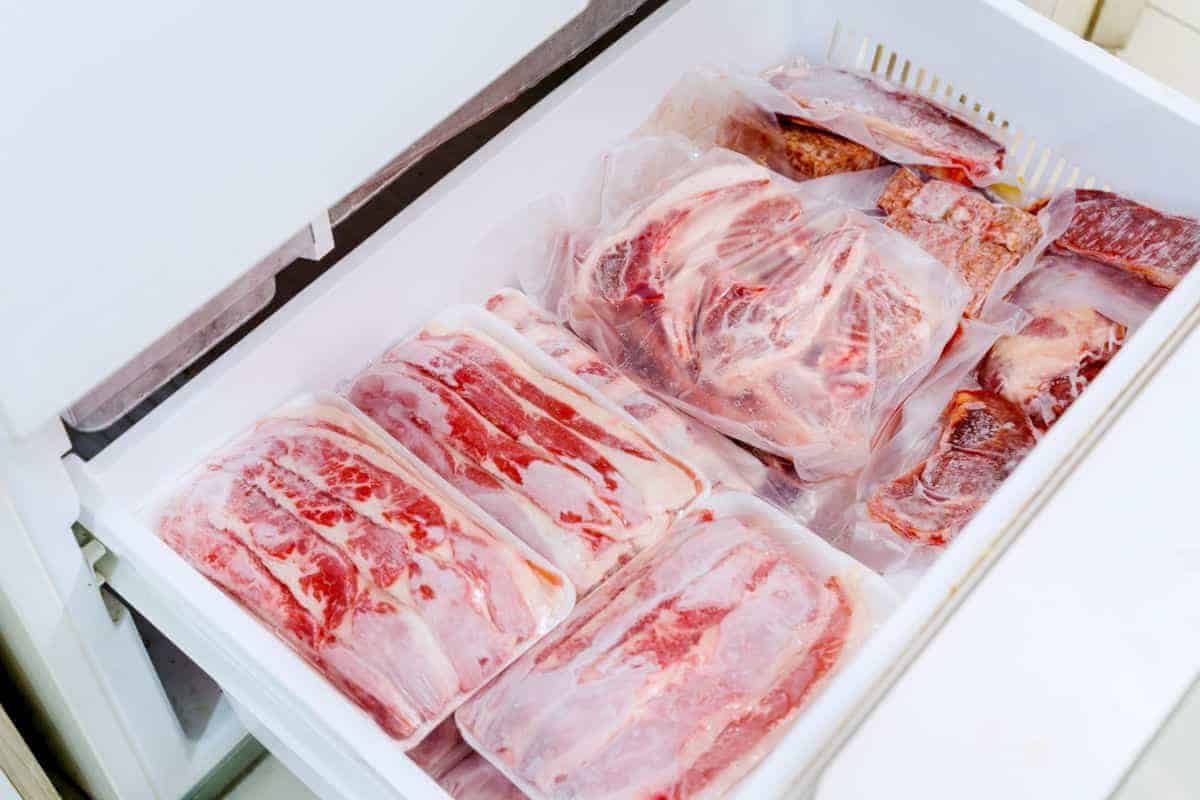
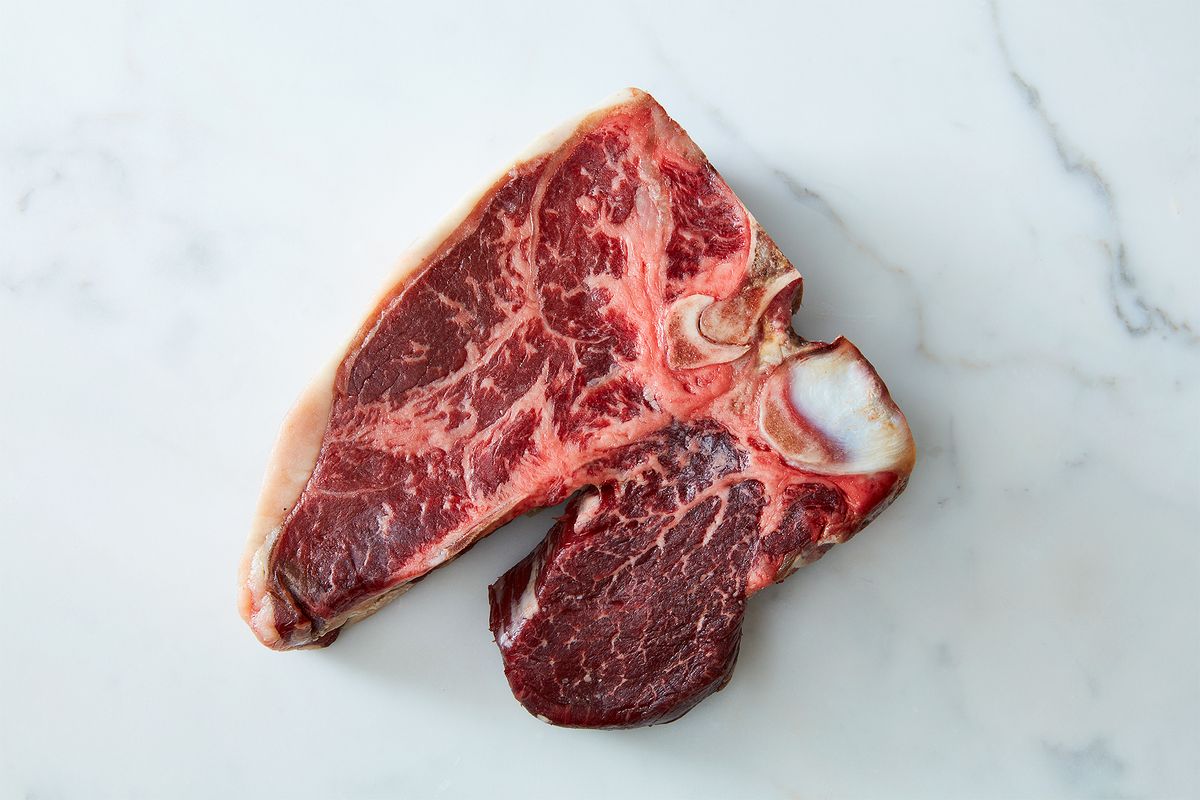

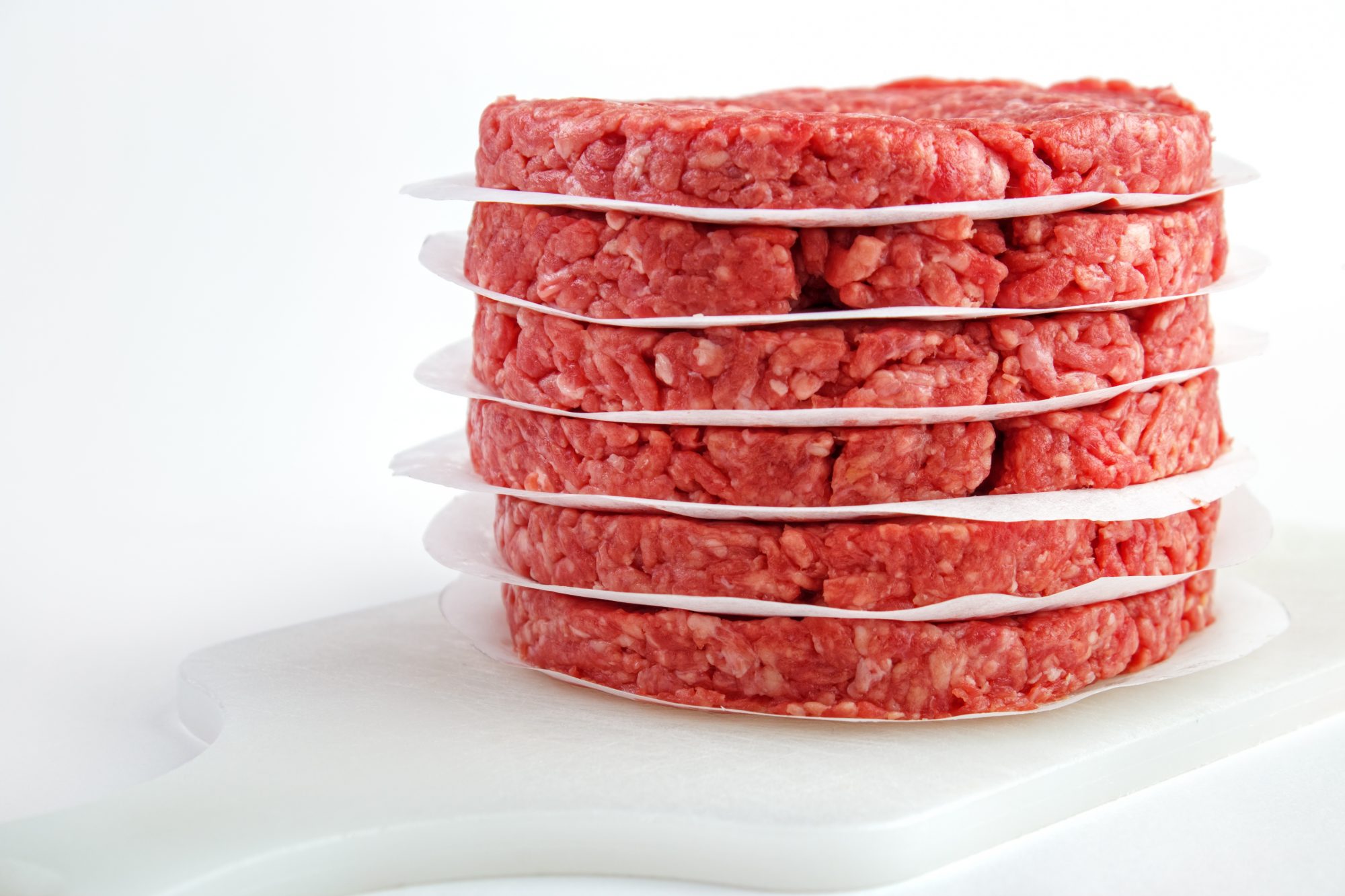
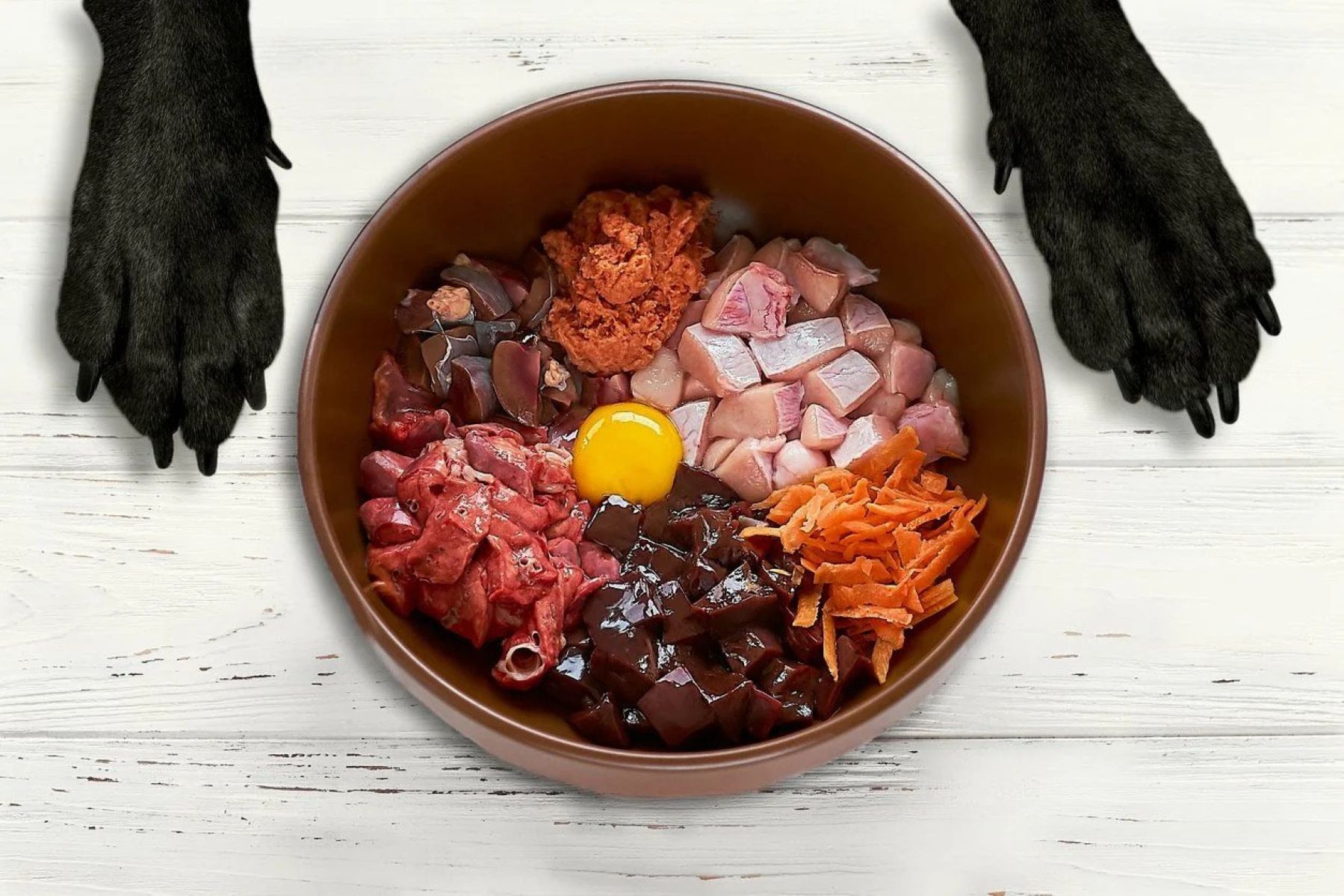
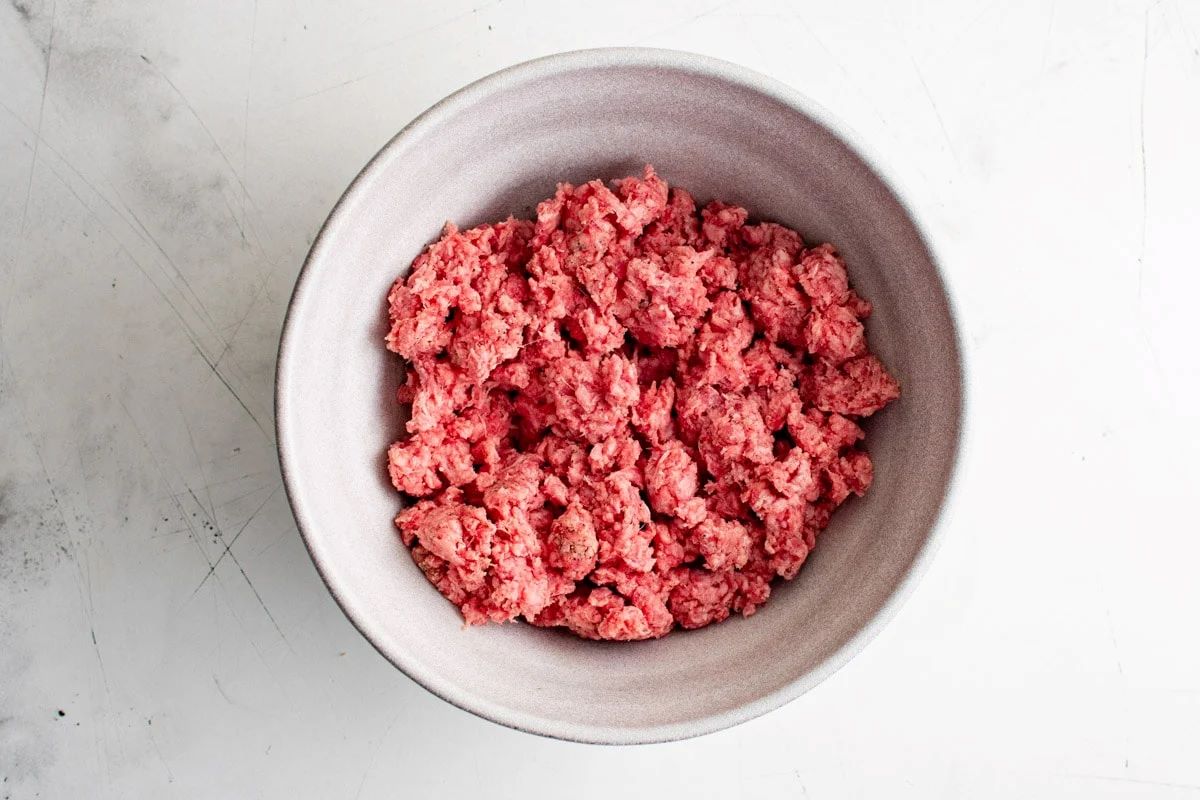

0 thoughts on “How To Store Raw Meat After Opening”